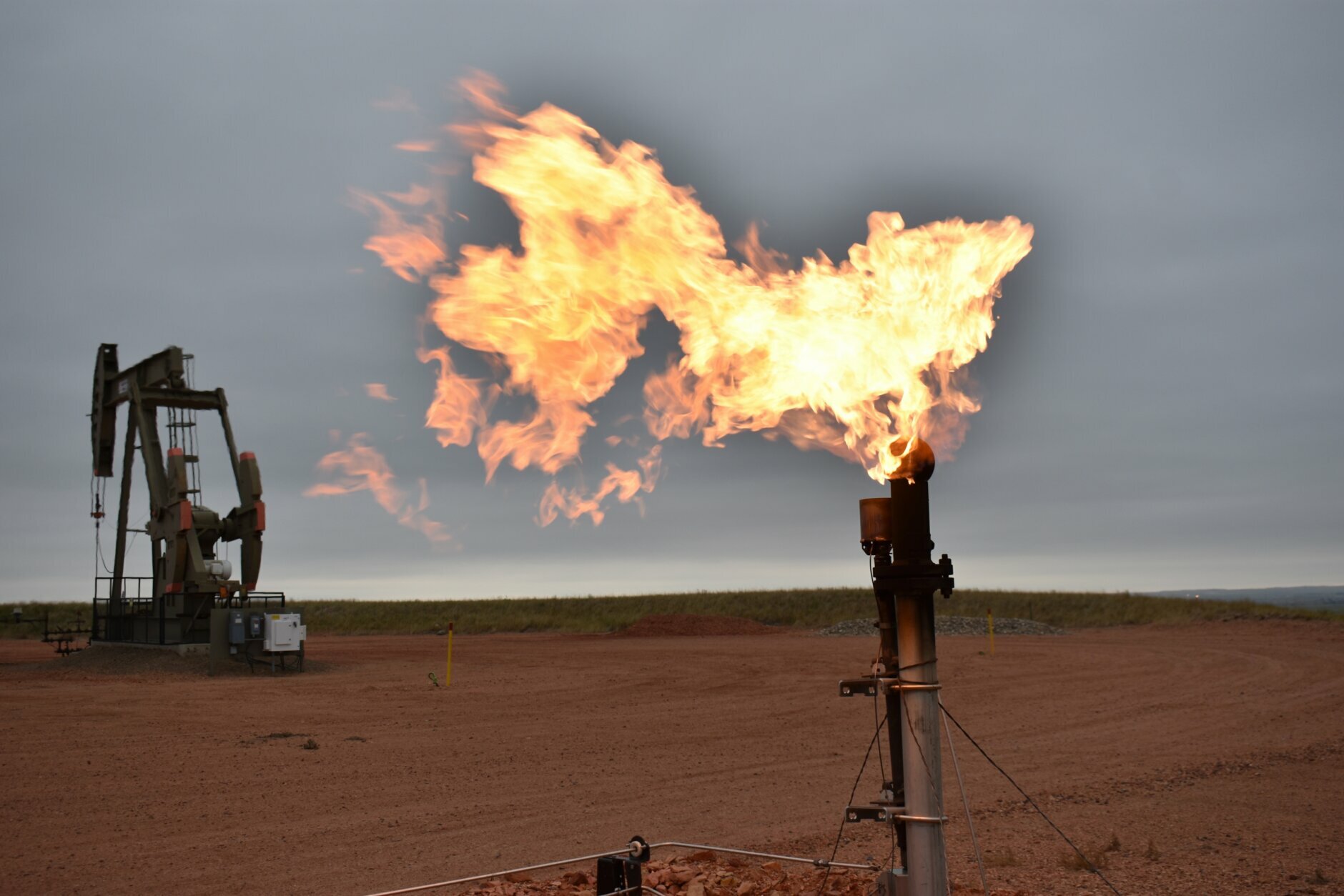
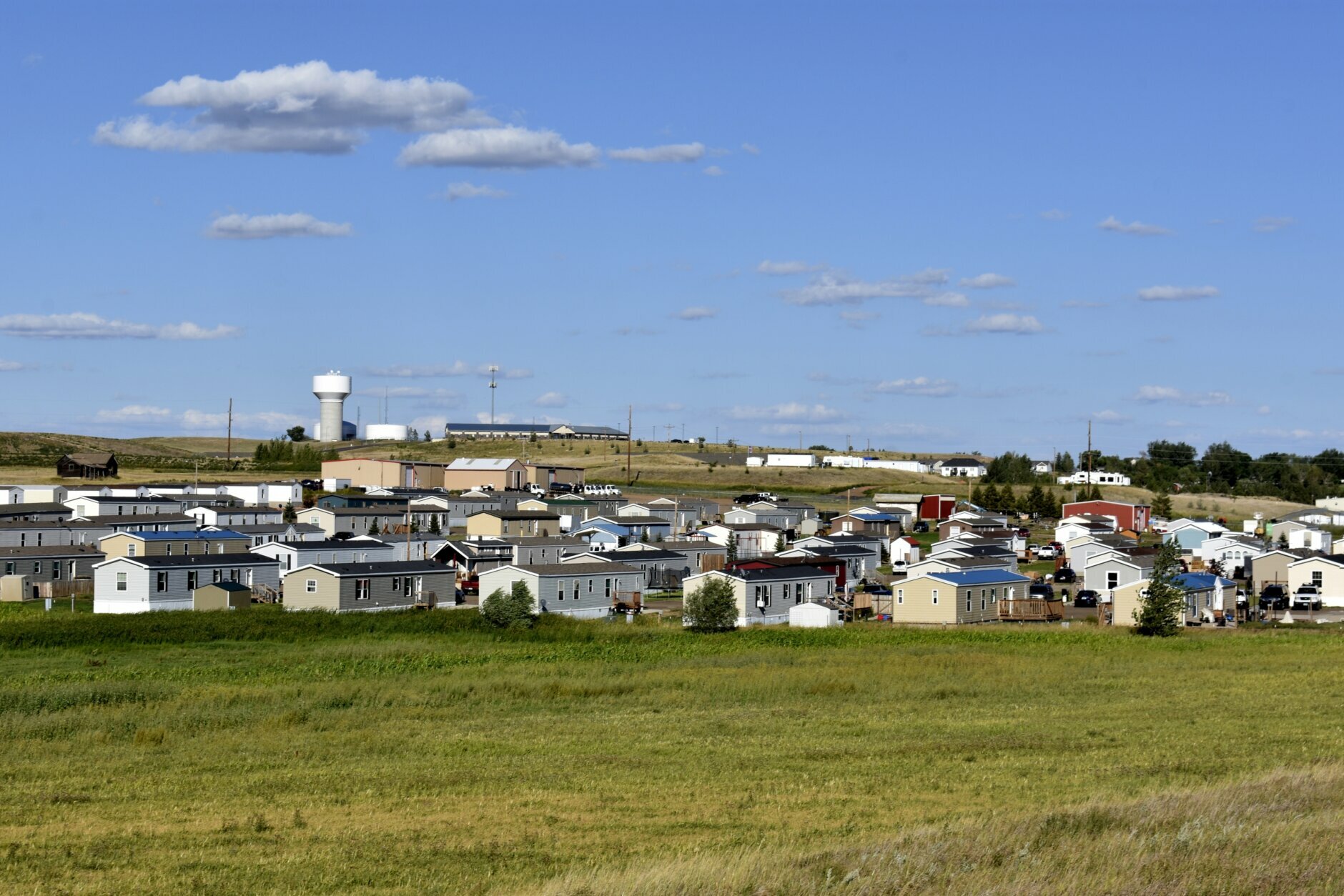
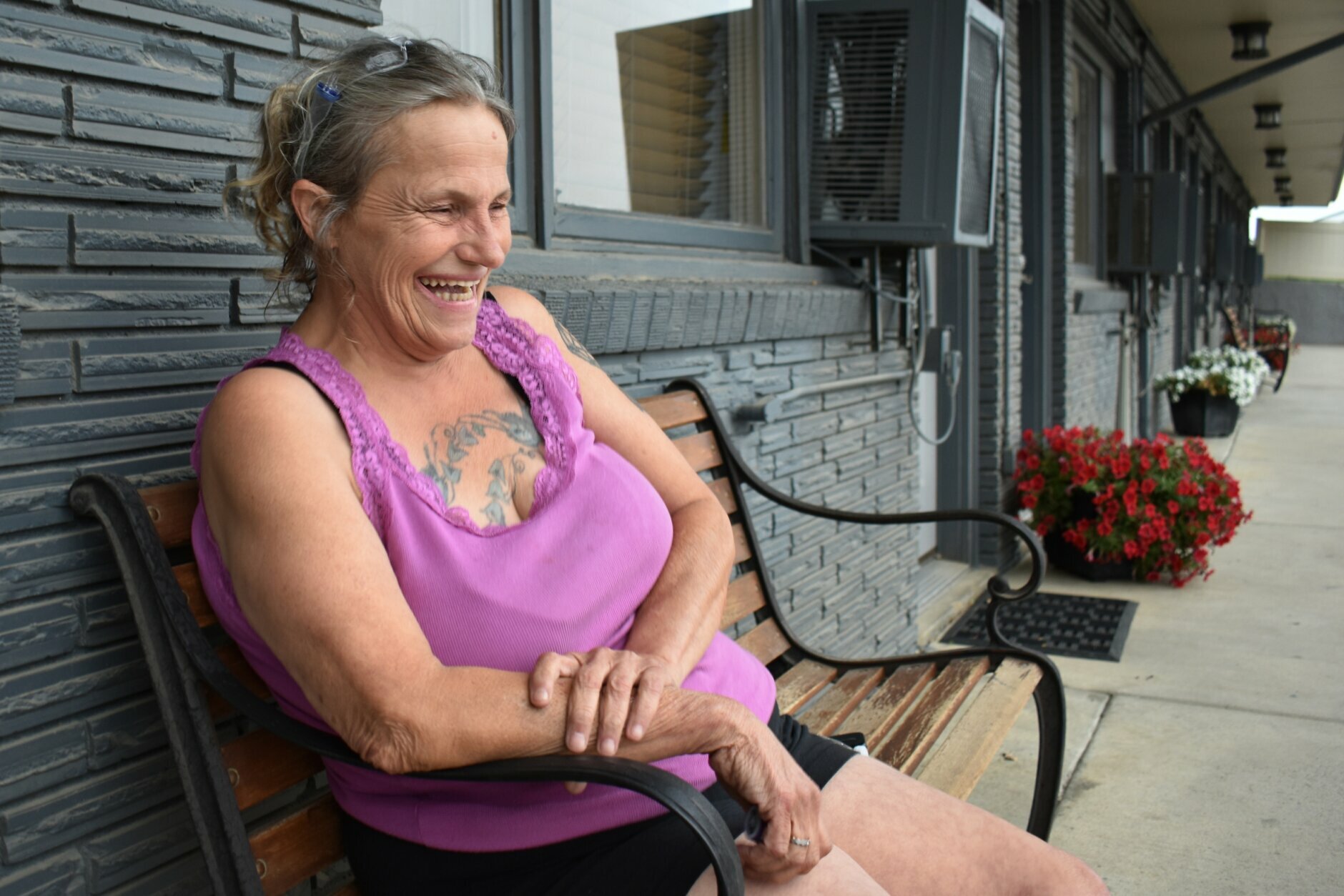

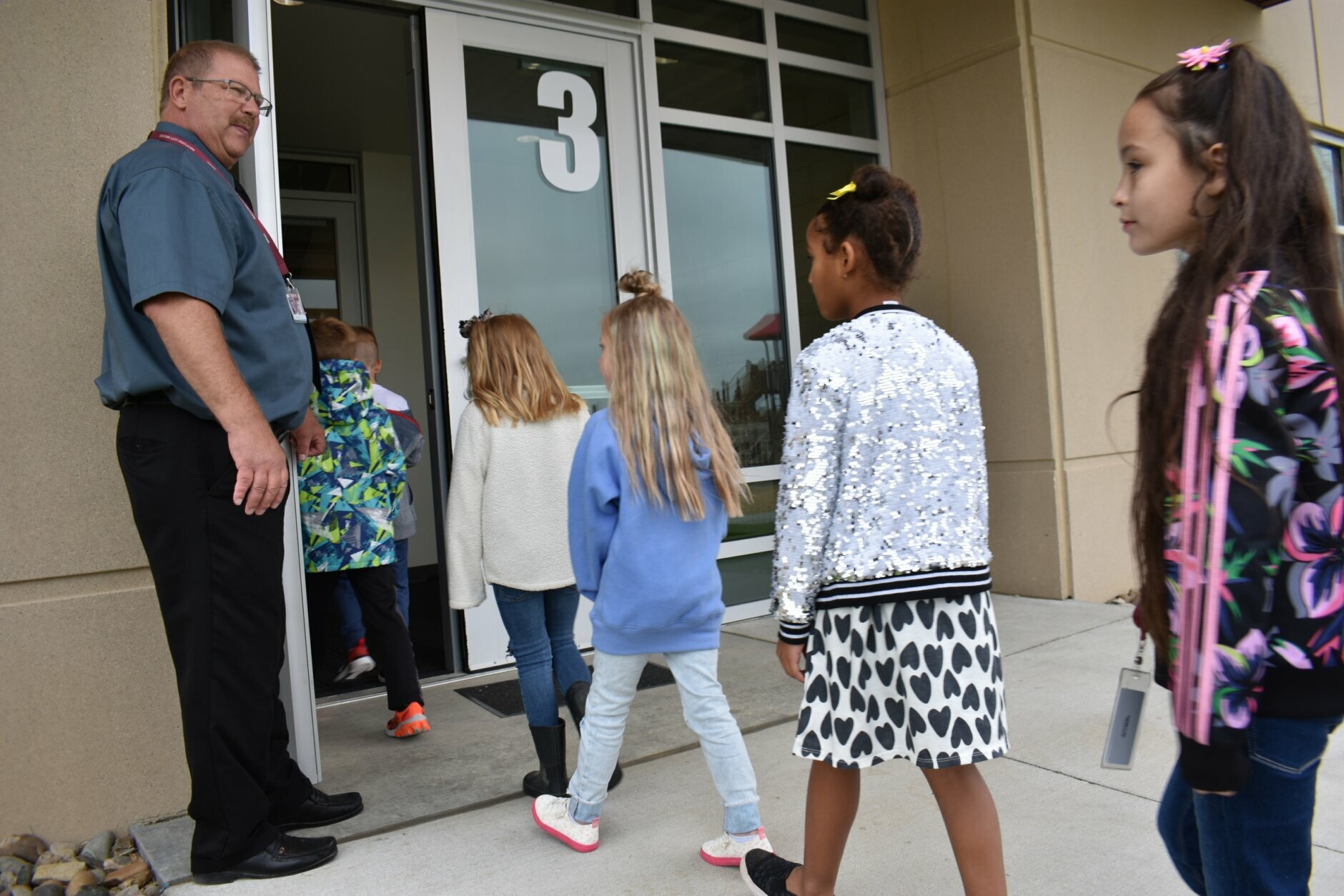


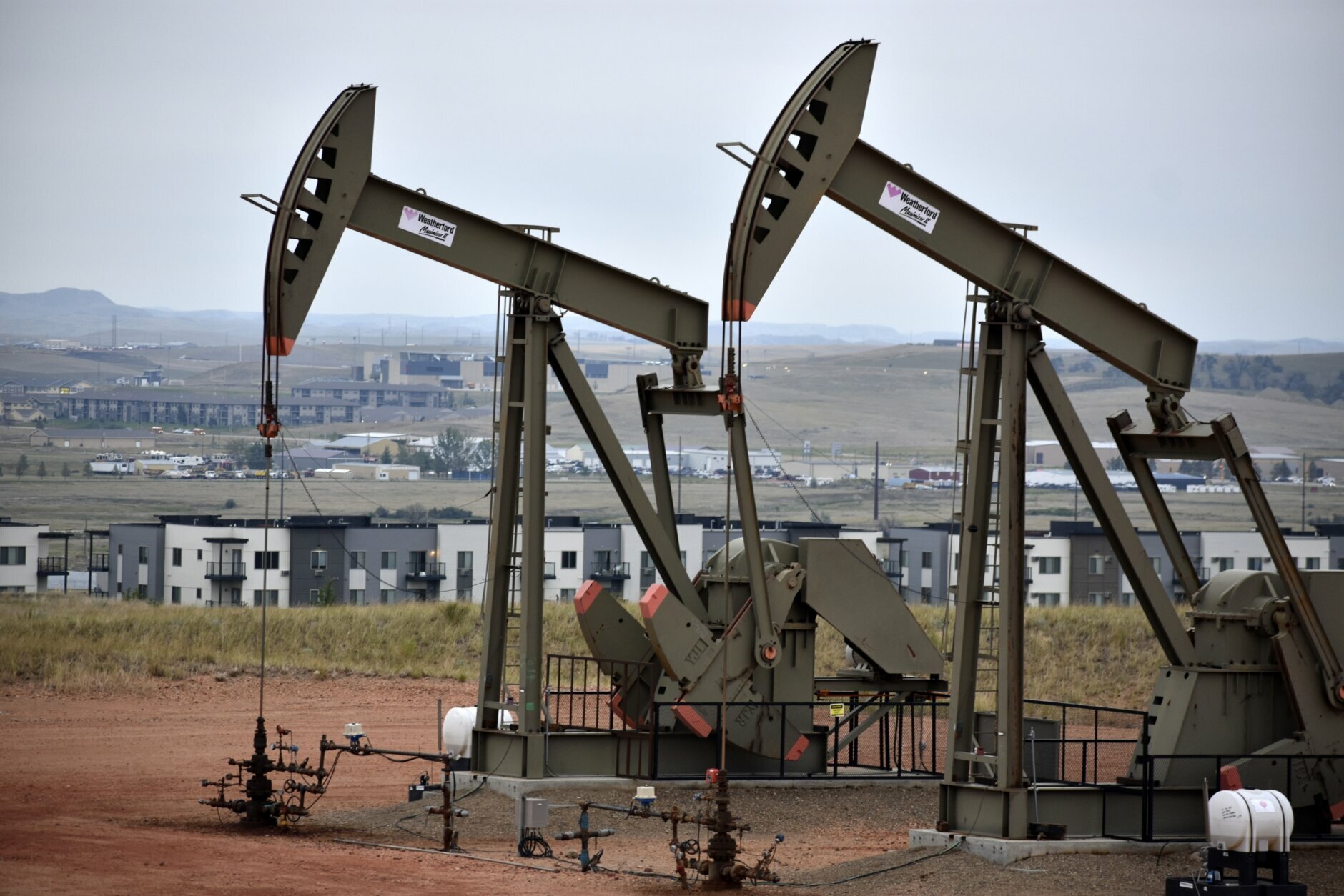
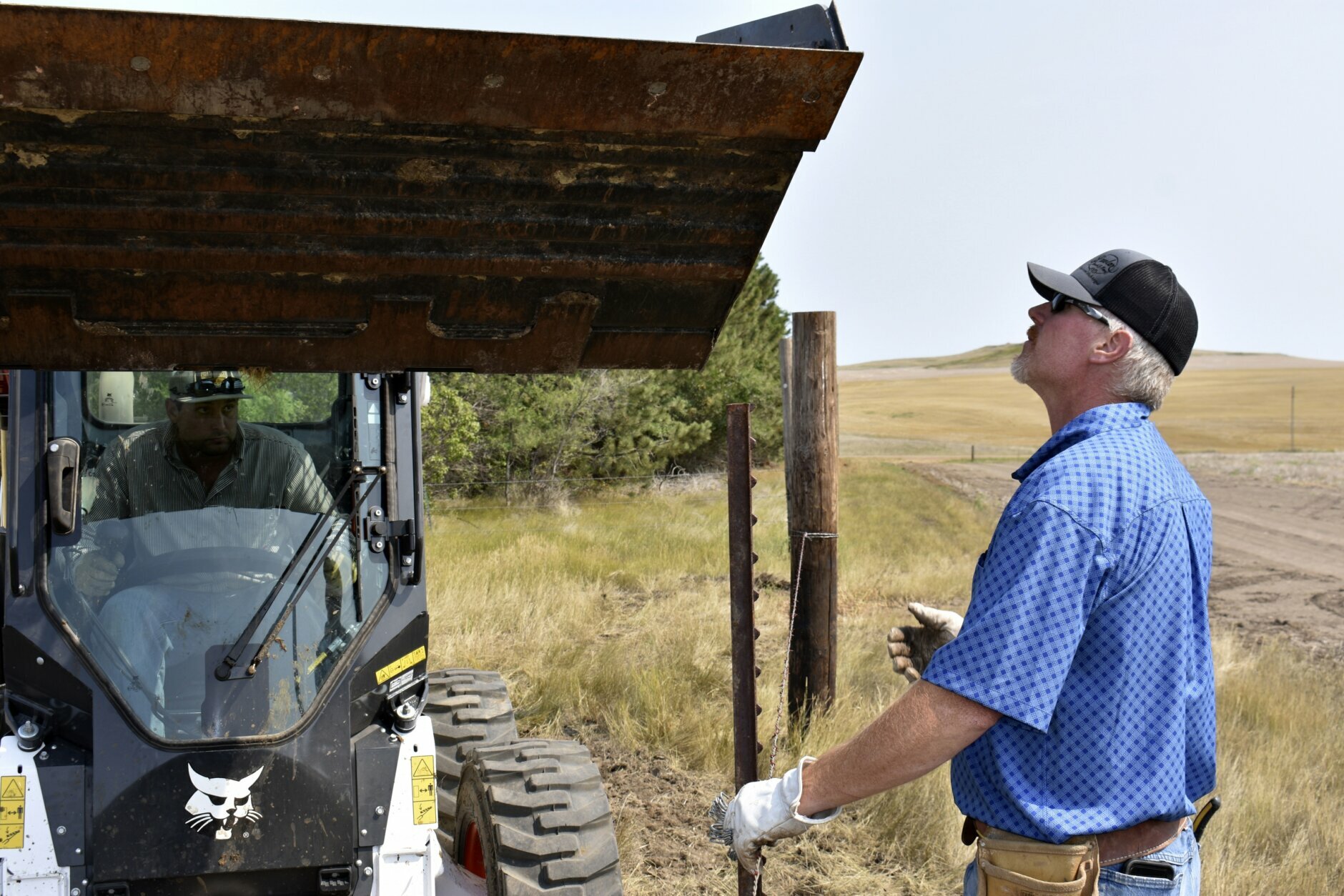
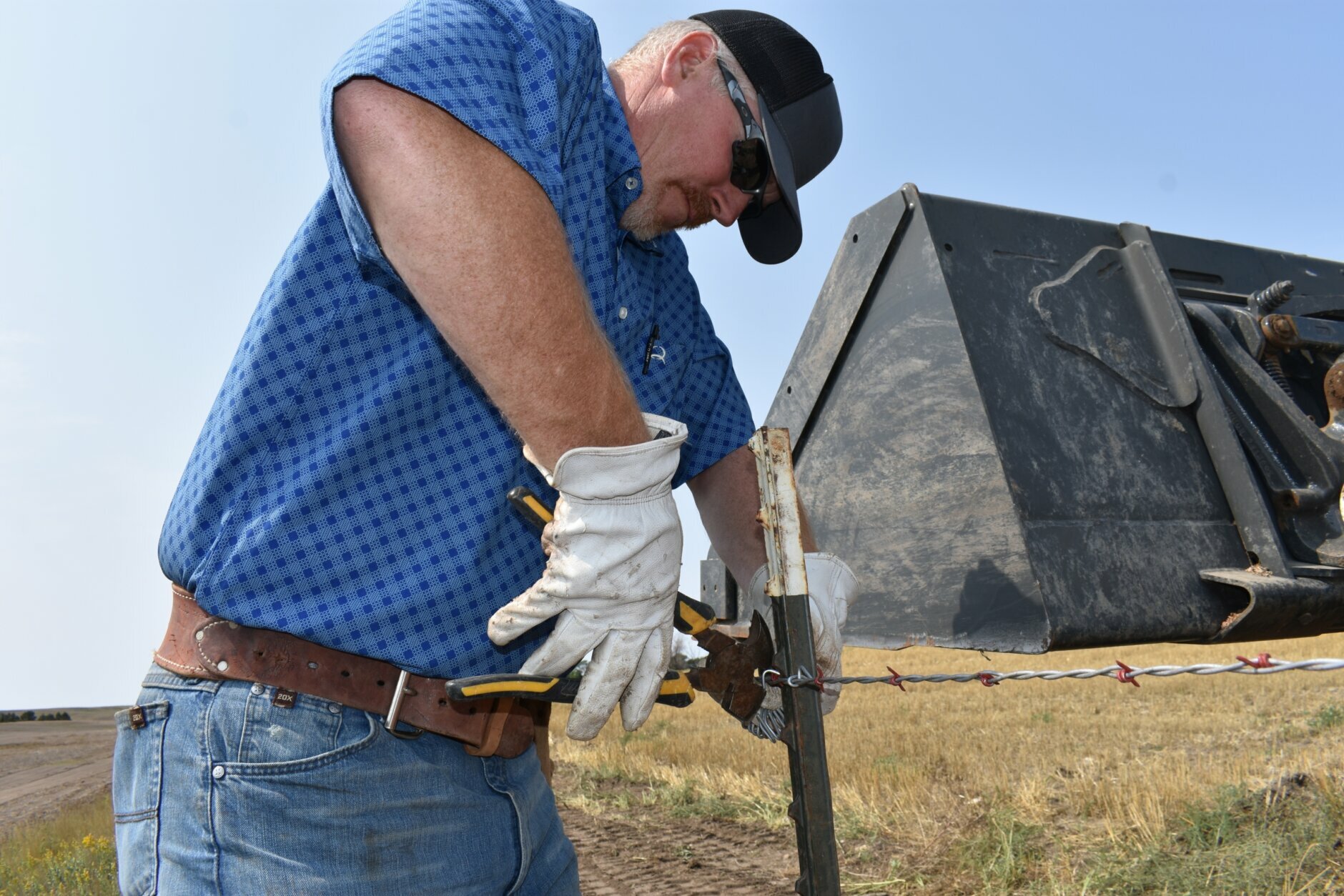
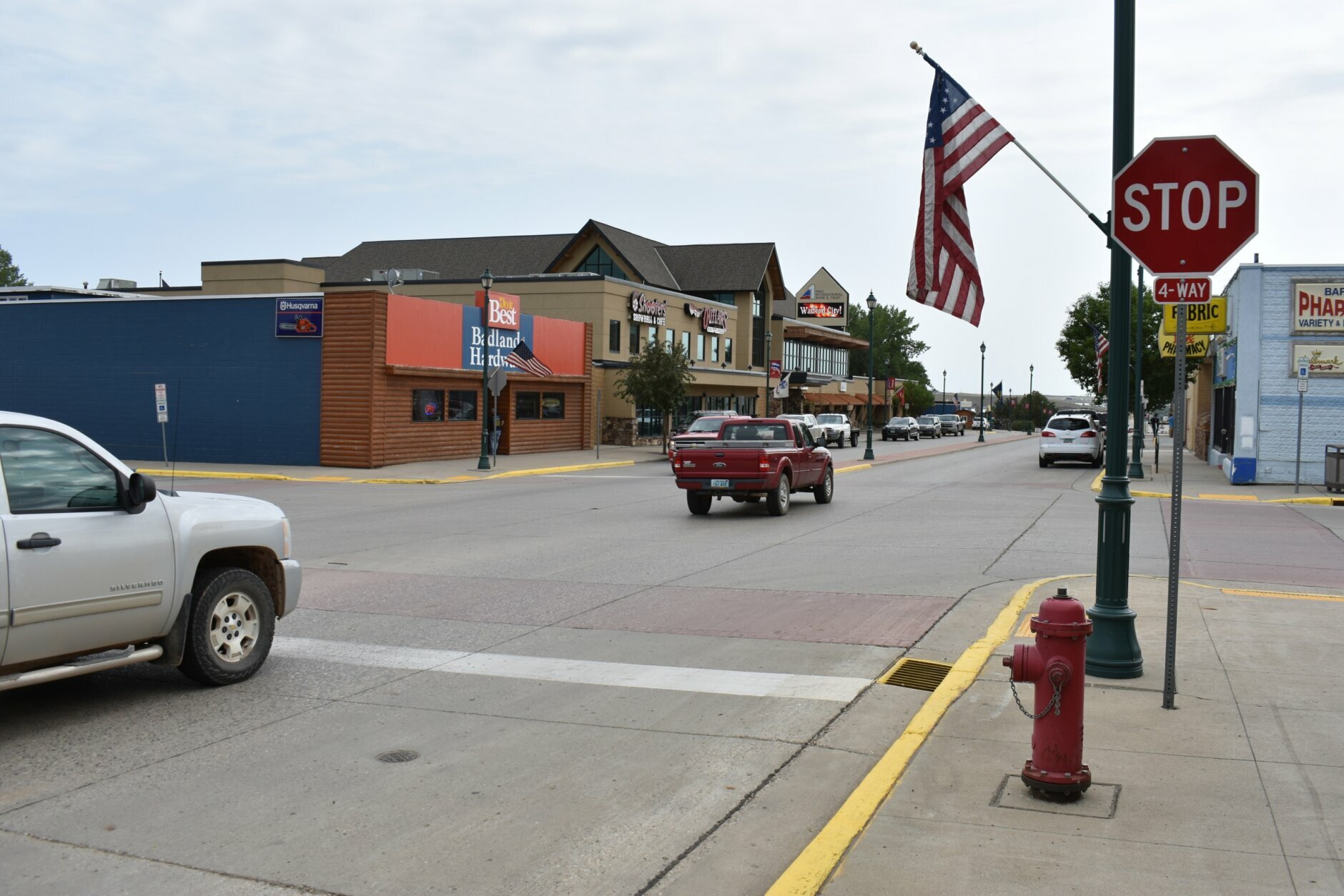
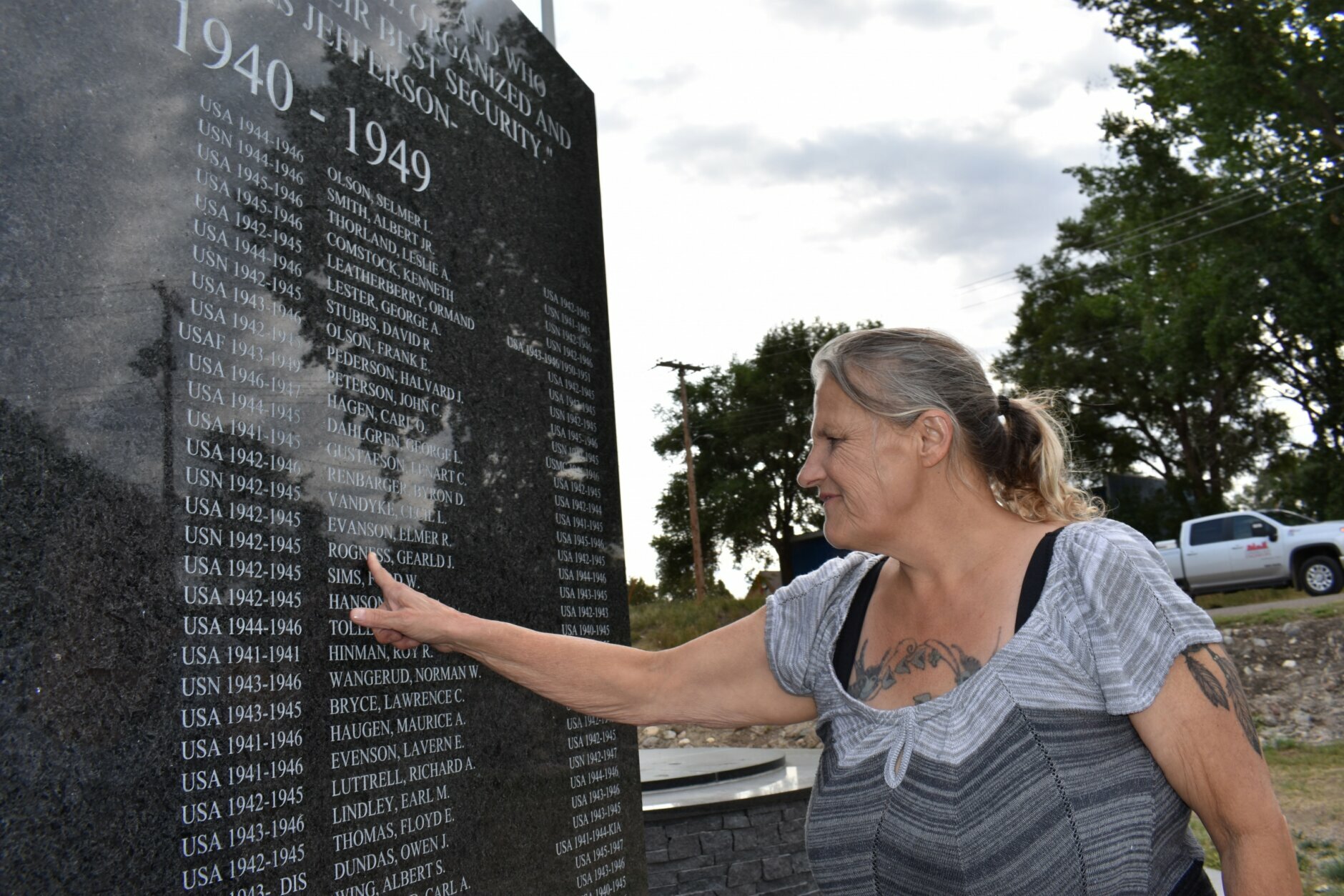

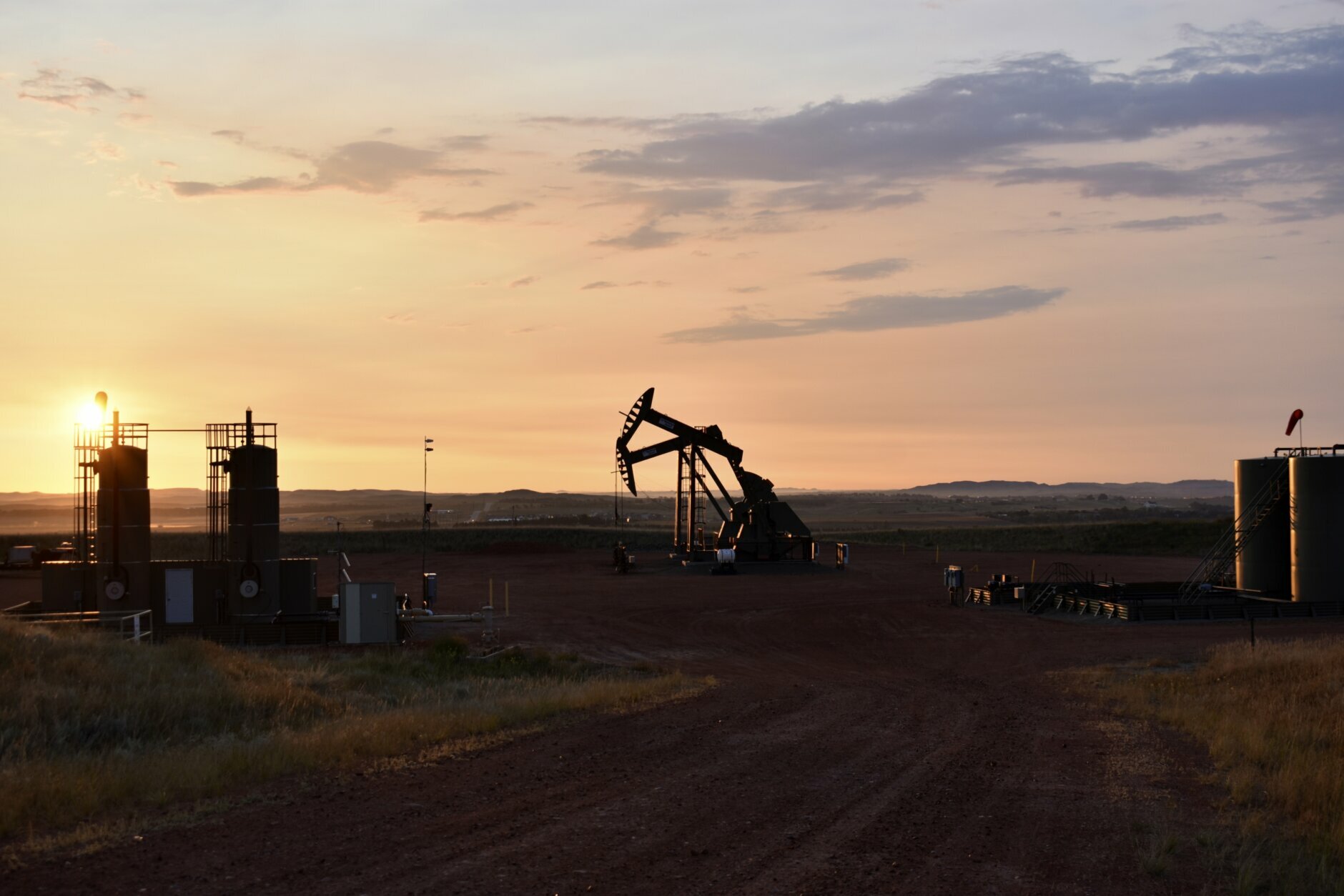
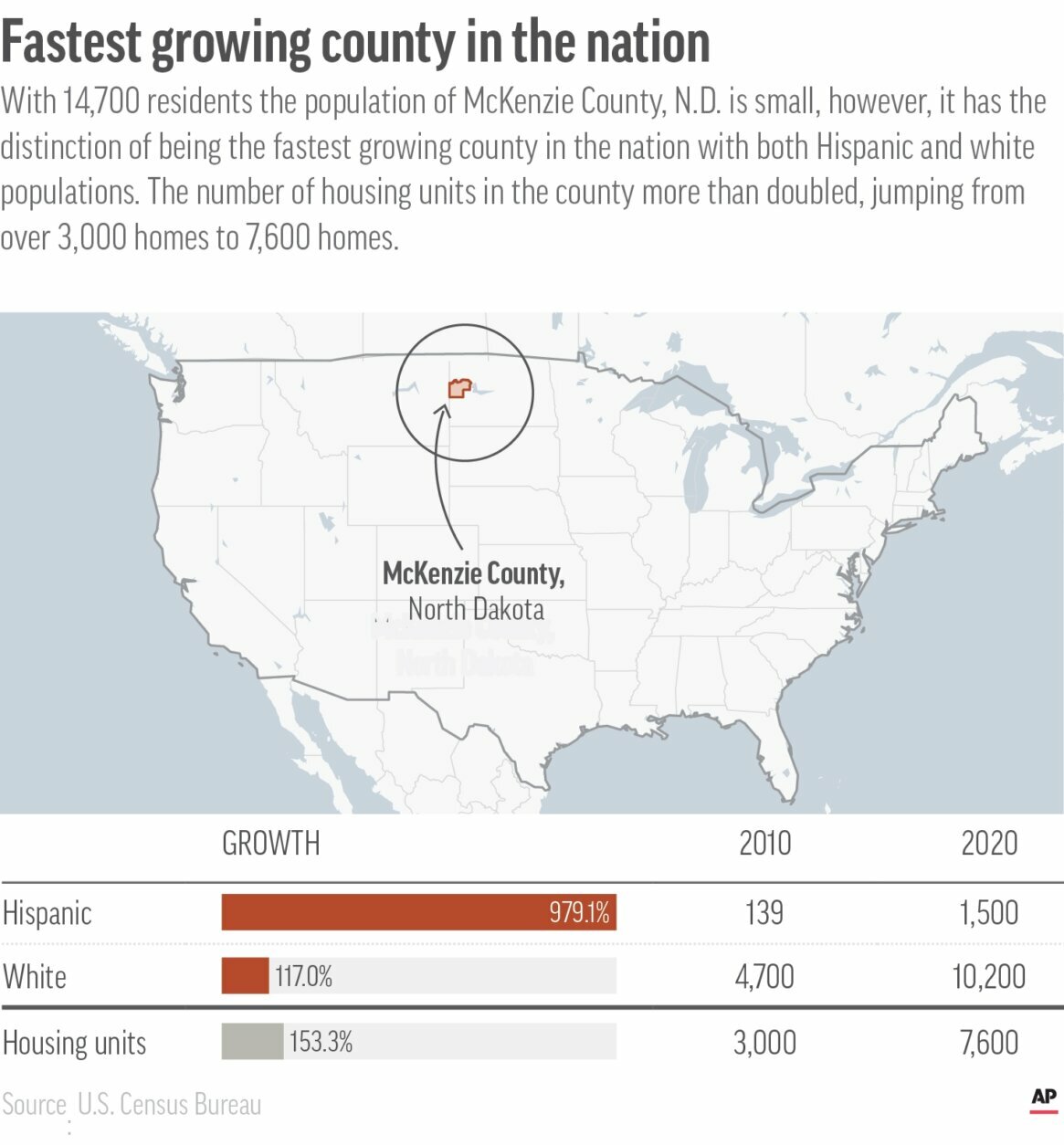
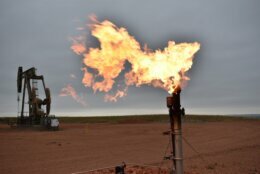
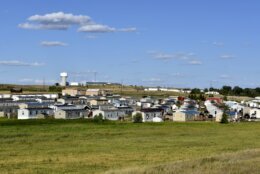





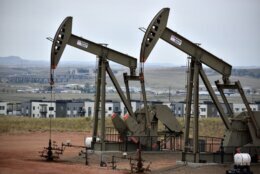
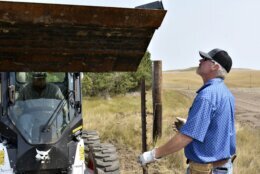
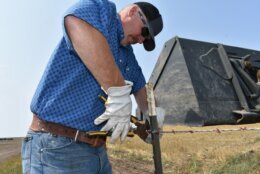
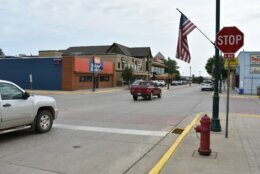
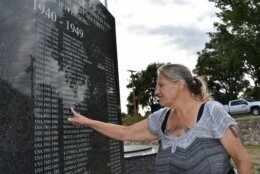

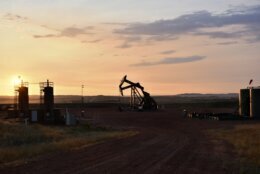
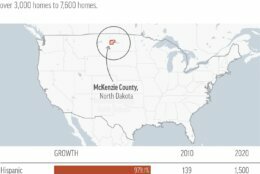
WATFORD CITY, N.D. (AP) — First came the roughnecks and other oil field workers, almost all men.
Lured by steady wages as the nation climbed out of the Great Recession, they filled McKenzie County’s few motel rooms, then began sleeping in cars, tents, trailers — anything to hide from the cold wind cutting across the North Dakota prairie. Once empty dirt roads suddenly were clogged with tanker trucks. Crime rates spiked.
Soon everything shifted yet again: The workers’ spouses and children arrived. Classrooms swelled. Apartment buildings cropped up beside oil rigs. And the newcomers made this Northern Plains community their own.
The growth made McKenzie the nation’s fastest-growing county during the past decade, according to the Census Bureau. It swept through like a twisting dust devil, shattering the rural innocence of a region known for inhospitable winters and long summer days perfect for growing crops. But it also brought youth, diversity and better wages — breathing new life into somnolent towns that had been losing population since the 1930s.
Dana Amon, who grew up in a double-wide trailer on a farm on the edge of the county seat, Watford City, remembers riding her horse across fields now dotted with tracts of modest housing lit up at night by flares from nearby oil wells.
“Our little town just blew up at the seams,” she said.
FIGHTS AND FRENZY
Since the boom began in 2010, jobs in McKenzie County have come and gone with oil’s changing fortunes. Crude prices peaked last decade at more than $130 a barrel, fell below $40, then rebounded before falling again when the COVID-19 pandemic hit.
McKenzie just kept growing.
Watford City — perched on a bluff, its skyline defined by a pair of grain elevators — spilled out onto surrounding farmland. The flat, largely barren landscape of Amon’s childhood now features mile after mile of worker camps, shopping centers, subdivisions, hotels, truck yards and warehouses.
When fights became frequent in bars along Main Street and fatal wrecks commonplace on the highways, people like Amon started to lock their doors at night.
Ten years on, the frenzy has settled. The wariness locals and newcomers held for one another eased. Along the way, lives got stitched together through school events, church services and along the sidelines of youth football games.
“I tell the locals, ‘If you guys kick me out, I’m not leaving. It’s my town,’” said Yolanda Rojas, a Tucson, Arizona, native who followed her husband to McKenzie County with their five children a year after he got a job in the oil fields.
From 2010 to 2014, the amount of crude produced in the county grew 1,800%. By the end of the decade, census figures show, its population more than doubled, to 14,704 residents.
Rojas and her husband, Ruben Vega, saved enough money to open a Mexican restaurant in March 2020 — just as the pandemic arrived. The business was teetering on failure when Rojas reached out to the community on social media. People in Watford City rallied to help, regularly ordering takeout to keep the family afloat.
Many of the customers were Hispanic and unknown to Rojas. Only when the census data came out did she learn that the number of Hispanics increased tenfold over the decade, a stark cultural shift for a community long dominated by farmers of northern European descent.
Hispanics now make up about 10% of the population — a share roughly equal to American Indians in the county, which includes part of the Fort Berthold Reservation. The reservation’s three tribes — the Mandan, Hidatsa and Arikara — trace their roots in the area to long before the first European settlers.
‘A BIG, EXTENDED FAMILY’
Oil was first discovered in McKenzie County in the 1950s, but it was the industry’s fracking revolution that opened once inaccessible crude reserves and transformed North Dakota into a global energy player. Tens of billions of barrels of oil have yet to be tapped, according to government estimates, and new wells keep getting drilled.
County officials say the growth is far from over. School enrollment tripled over the past decade and is expected to double again by 2030.
Pump jacks pulling oil from the ground dot the landscape across the county’s 2,860 square miles (7,400 square kilometers). Bordered by the Yellowstone River to the north, Lake Sakakawea to the east and Montana to the west, McKenzie is larger in land mass than Delaware.
Howdy Lawlar, who chairs the McKenzie County Commission and whose family has grown wheat and raised cattle northwest of Watford City for five generations, recalled widespread frustration among farmers as thousands of oil trucks clogged roads not designed for such traffic.
Leaving his farm and trying to turn left into Watford City, Lawlar could wait for an hour for a gap in traffic.
Bypasses were built to ease congestion. Pipelines went in to replace tanker trucks. At the height of the boom, almost 4,000 trucks daily crawled through Watford City. Recent counts tallied just over 320 trucks a day.
More police officers were hired to keep order and new schools built to get students out of temporary trailers.
“I feel like we’re becoming a big, extended family,” Lawlar said. “It’s a good thing.”
But while most families age, this one has become younger, with a median age of 30 compared to 39 in 2010. It’s also more prosperous, with median household income increasing 61% to almost $78,000, according to census data.
The money lured J.T. Smith, a 31-year-old native of the Fort Worth, Texas, area who took an oil field job in McKenzie County six years ago. His parents had moved to North Dakota for oil work several years before. At first he found the region bleak and uninviting.
Smith went back to Texas, where his wife and two children had remained, swearing he’d never come back.
STAYING FOR COMMUNITY
A few years later, another job offer in North Dakota came his way, so he decided to try again. This time he brought his family, and the rhythms of their lives have grown comfortable.
J.T. Smith leaves before dark for his job as an oil field safety adviser, climbing into a white company pickup and joining throngs of near-identical pickups that fan out every morning to drilling rigs, gas processing plants and pipeline construction projects across western North Dakota.
An hour later, the Smiths’ 10-year-old son climbs onto a school bus that falls in with dozens of others funneling students to a gleaming new elementary and high school complex at the edge of town.
Smith and his wife, Virginia, have become deeply involved with the Assembly of God church, which doubled in size in recent years to about 400 members. Their children have made friends through a mixed martial arts gym.
Now when the Smiths go to the grocery store, they’re bound to run into a half-dozen friends. It’s one of many glimpses of lingering small-town charm.
“You’re here for a month and everybody knows you,” Virginia Smith said.
Despite the drastic changes over the last decade, the open landscape around Watford City retains a feeling of remoteness.
As Lawlar, the county commission chairman, worked recently to replace a barbed-wire fence bordering wheat fields that stretched to the horizon, the only sign of industry was the occasional truck rumbling on a distant road.
Grasshoppers sprung up ahead of Lawlar as he silently walked the fence line. His farmhand, Charlie Lewis, lumbered along in a Bobcat they used to push steel fenceposts into the dry dirt.
Lewis came for oil field work, then took a job with Lawlar during a downturn in crude prices. He plans to make this place his home and start a family.
“People come for the work and stay for the community,” Lewis said. “The only time I think of going back is when it’s 40 below.”
___
Follow Matthew Brown on Twitter: @MatthewBrownAP
Copyright © 2024 The Associated Press. All rights reserved. This material may not be published, broadcast, written or redistributed.







